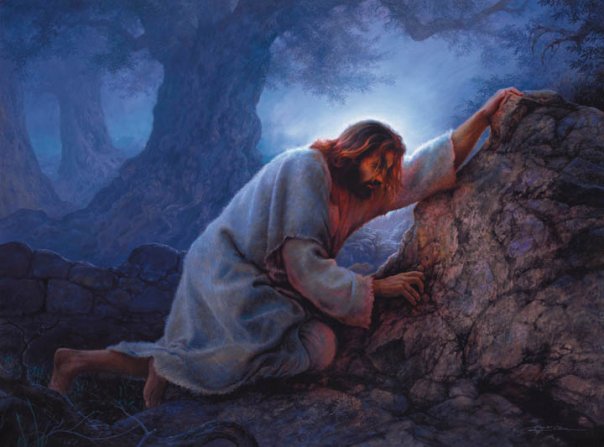Cheon Seong Gyeong 135
In my background there were many
incidents that evoked indignation at
unjust treatment. Although many were
very terrible to endure, I clenched my
teeth and focused on occupying Cain’s
world. I had to digest the Cain world
rather than merely Cain as an individ-
ual and his family. How bitter this has
been! It was as if I had to melt something
as frigid and huge as an iceberg. Digest-
ing this bitterness, I have had to silently
bring Satan to submission. He has been
our arch enemy since time immemori-
al. He brought God and humankind to
ruin. (163-163, 1987.5.1)
Cheon Seong Gyeong 774
You have lived in a world of water
and in the world of land, haven’t you? So
then, would you want to have the experi-
ence of living in the aerial world or not?
When you were about to be born from
the womb, did you think such things as,
“I will go out to the world of land and eat
honey, rice cakes, rice, beef, and every-
thing else with this mouth?” Do you sup-
pose you gave it any thought? You were
breathing through the umbilical cord
and thinking that you would die if you
came out of the womb. If we reflect on
life in the womb, how confining it would
seem to be! If we think about it now, it
seems stifling. Despite that, when a baby
is about to come out from the womb, he
or she inevitably protests, “Oh, I don’t
want to go out.” Even though he says
that he doesn’t want to, when the time
comes, everything comes bursting out.
He comes out naturally along with the
gush of the amniotic fluid. In this way,
the baby is born through a safe and nat-
ural process. (49-286, 1971.10.17)
World Scripture and the teachings of
Sun Myung Moon
Invocation, p 2
Teachings of Sun Myung Moon
- Our family, the owner of Cheon Il Guk, pledges to seek our original homeland and build the Kingdom of God on earth and in heaven, the original ideal of creation, by centering on true love.
- Our family, the owner of Cheon Il Guk, pledges to represent and become central to heaven and earth by attending God and True Parents; we pledge to perfect the dutiful family way of filial
sons and daughters in our family, patriots in our nation, saints in the world, and divine sons and daughters in heaven and earth, by centering on true love. - Our family, the owner of Cheon Il Guk, pledges to perfect the Four Great Realms of Heart, the Three Great Kingships and the Realm of the Royal Family, by centering on true love.
- Our family, the owner of Cheon Il Guk, pledges to build the universal family encompassing heaven and earth, which is God’s ideal of creation, and perfect the world of freedom, peace, unity
and happiness, by centering on true love. - Our family, the owner of Cheon Il Guk, pledges to strive every day to advance the unification of the spirit world and the physical world as subject and object partners, by centering on true love.
- Our family, the owner of Cheon Il Guk, pledges to become a family that moves heavenly fortune by embodying God and True Parents, and to perfect a family that conveys Heaven’s blessing to our
community, by centering on true love. - Our family, the owner of Cheon Il Guk, pledges, through living for the sake of others, to perfect the world based on the culture of heart, which is rooted in the original lineage, by centering on true
love. - Our family, the owner of Cheon Il Guk, pledges, having entered the Completed Testament Age, to achieve the ideal of God and human beings united in love through absolute faith, absolute love and
absolute obedience, and to perfect the realm of liberation and complete freedom in the Kingdom of God on earth and in heaven, by centering on true love. (The Family Pledge)
